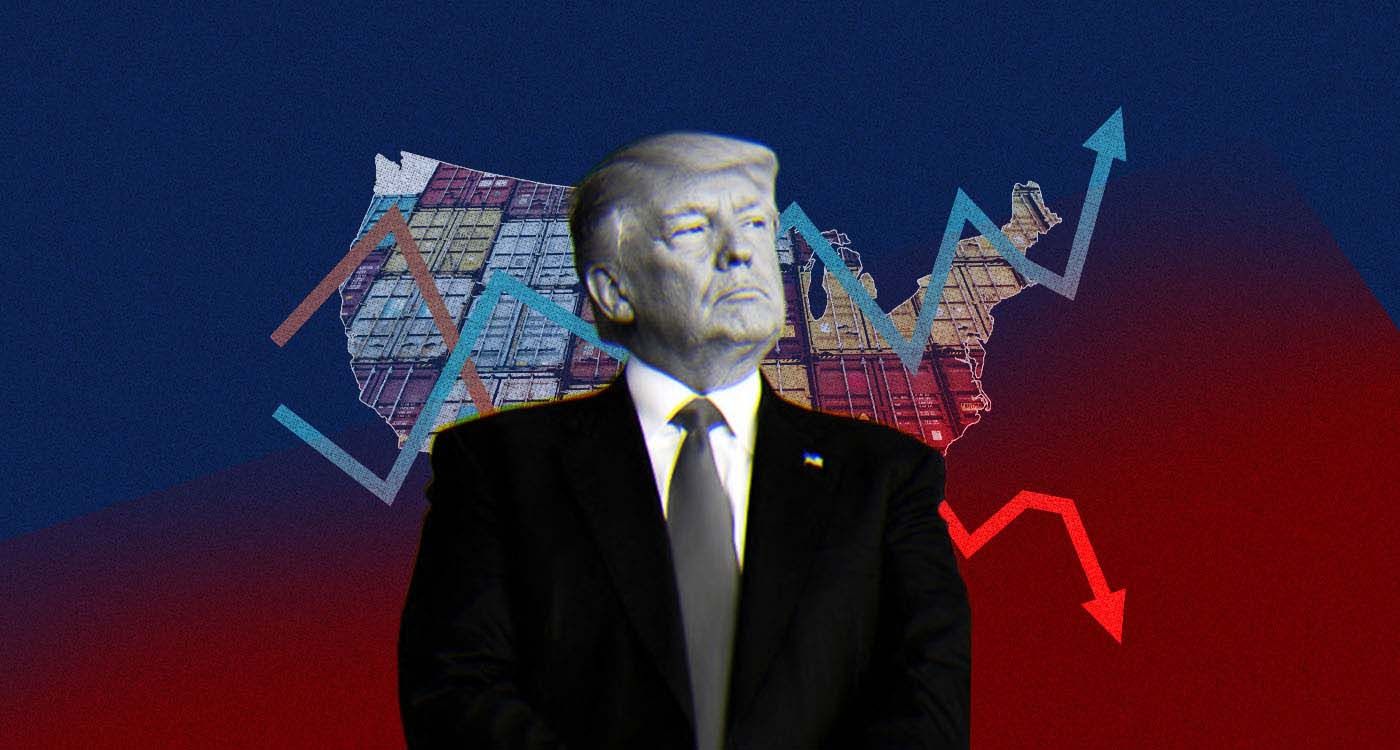
He promised to “Make Tariffs Great Again,” and now he’s delivering. Since his reelection, Donald Trump has doubled down on his favorite economic weapon: tariffs. This time, it’s no bluff. Starting August 7, 2025, US trade partners without signed deals face surcharges of up to 50%. The result? A global race against the clock, a high-stakes round of “Deal or No Deal.”
On August 7, the Trump administration is touting a major win: its vision for global trade has taken root, driven by tweets, tariff threats, and real-world results. Under the “America First” banner, a new wave of trade agreements is redrawing the commercial map between the US and the rest of the world. From compliant partners to the Trump Tower rejects, here’s a snapshot of the winners, the losers, and the ones left reeling.
The Model Students: Those Who Signed (Almost) Without a Fuss
Japan, deal signed, 15% tariffs. Signed on July 23, the deal with Tokyo secures Japan’s auto industry and hands Trump a high-profile victory: €550 billion in investments flowing back to the US. As a bonus, American rice has officially made its way to Japanese tables.
South Korea, deal signed, 15% tariffs. Concluded on July 29, the agreement grants Seoul key exemptions on semiconductors and OLED screens, bringing a sigh of relief to the smartphone sector. In return: increased US gas imports, more Samsung factories on American soil, and even port cooperation, according to South Korea’s Ministry of Trade.
European Union: Agreement in Principle, 15% Tariffs
Announced on July 27, the deal remains unsigned. The Europeans are pushing for more, with Emmanuel Macron criticizing a “lack of leverage.” According to RFI and the Associated Press, aerospace and pharmaceutical sectors are expected to be exempt, in exchange for significant American energy purchases.
United Kingdom, agreement in principle, 10% tariffs. The first to sign a “general framework” on May 8, London continues to struggle with key details. Steel and digital services remain major hurdles. Keir Starmer even visited Trump’s residence in Scotland to advance negotiations.
Vietnam, vague agreement, 20% tariffs. Officially announced on Truth Social, the deal appears to have been imposed. A surprise twist: Chinese goods routed through Vietnam now face 40% tariffs, a direct message to Beijing.
China, tariff truce, 30% still in effect. After a brief but intense standoff in May, when US tariffs peaked at 145%, tensions have eased. Since June 12, an agreement in principle has been under review, unsigned but reportedly progressing, according to Bloomberg.
The Trump Tower Outcasts
Canada, facing a 35% tariff threat. Once a close ally, now dismissed by Trump as the “51st state,” Ottawa is firmly in the crosshairs. No deal appears forthcoming. Tensions over Palestine and strained diplomacy weigh heavily, according to Truth Social.
Mexico, 30% tariff threat, three-month truce extended. Accused of everything from migration to fentanyl trafficking, Mexico is negotiating a temporary reprieve. Claudia Sheinbaum, Mexico’s president, remains in talks with Trump. The stakes are high: Mexico is the second-largest exporter to the US.
Brazil, up to 50% tariffs loom. Trump hasn’t forgotten Bolsonaro’s impeachment, his “friend.” Lula is standing firm, vowing to defend Brazil’s sovereignty. Massive surcharges are expected, according to RFI.
India, 25% tariffs plus sanctions. Punishing the Russo-Indian alliance and frustrated by India’s agricultural barriers, the Trump administration has withheld a deal and imposed escalating tariffs, reports Reuters.
South Africa, 30% tariffs amid racial controversy. Accused by pro-Trump factions of perpetrating “anti-white genocide,” the country now faces 30% surcharges. In response, 59 white farmers have been granted economic refugee status in the US, per AP.
Lesotho, 15% tariffs, textile sector in crisis. A small nation with outsized consequences: initially threatened with 50%, Lesotho secured a reduced tariff. Still, its textile industry is collapsing, prompting the government to declare a state of emergency on July 9.
While the immediate impact is clear, the “Trump-style” approach raises doubts about the long-term stability of trade relations in a world increasingly defined by power struggles.




Comments